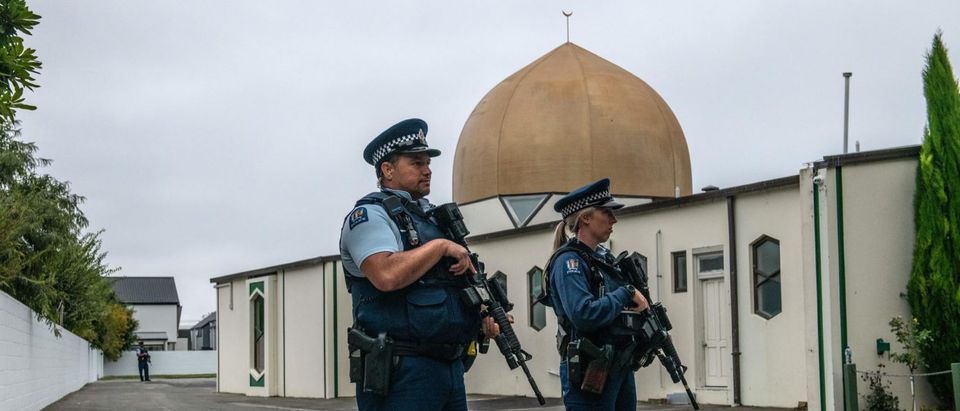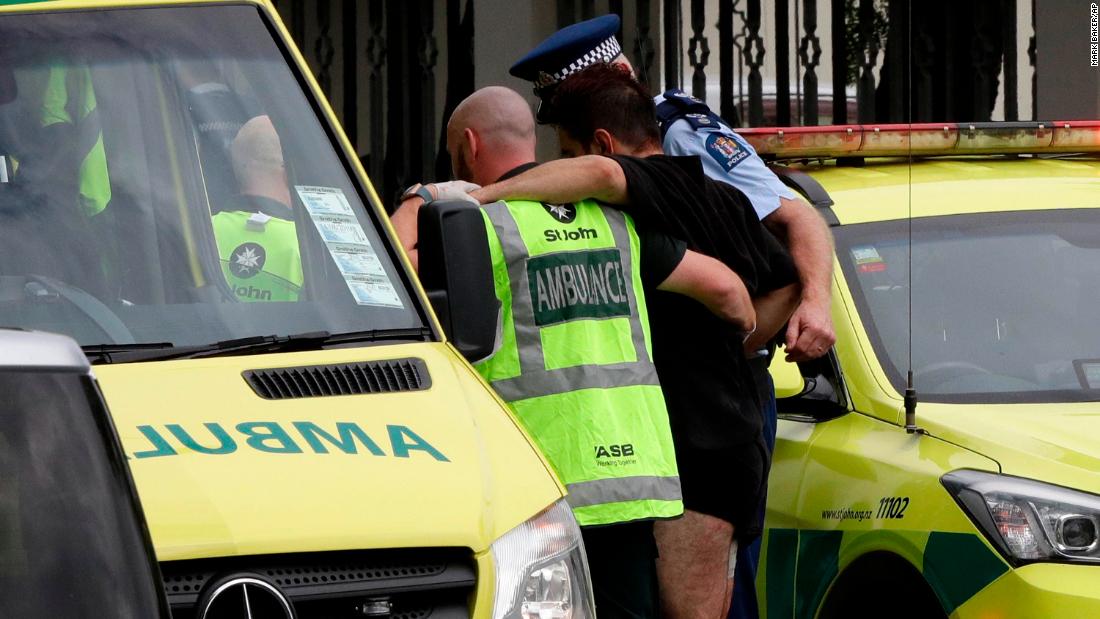

Those uploading videos can sidestep the rules by altering the clips in small ways, such as attaching a watermark, distorting the music, or skewing the video's size, editing or speed. The years-old algorithmic technique, first popularized as a tactic to combat the spread of child pornography, has now been used to automatically block copyrighted material, porn and other content that violates the social-media sites’ rules.īut the algorithms remain critically flawed, experts say. When a shooting video gets uploaded to social media sites, the sites often use that video to create a marked copy, known as a hash, that they can use to build an automatic blacklist for when it gets posted again.

Please know we are working vigilantly to remove any violent footage."Ī body lies on the footpath outside a mosque in central Christchurch, New Zealand, Friday, March 15, 2019, after a mass shooting.

YouTube tweeted Friday morning, "Our hearts are broken over today's terrible tragedy in New Zealand. They traded links to the alleged shooter’s hate-filled postings and to mirrors of his videos, while encouraging each other to download copies before they were taken off line.Įven hours after the shooting, the social-media giants Facebook, Twitter and YouTube continued to host versions of the shooting video, even as New Zealand authorities said they were calling for it to be taken down. Users on 8chan - known for its politically extreme and often-hateful commentary - watched in real time, cheering or expressing horror. The New Zealand massacre video, which appeared to have been recorded with a GoPro helmet camera, was announced on the fringe chat room 8chan, live-streamed on Facebook, reposted on Twitter and YouTube and discussed on Reddit. The alleged shooter also released a manifesto denouncing Muslims and immigrants, police said. But technology played a more visible - and arguably more troubling - role in publicizing the violence itself and, by extension, the hate-filled ideology behind it.Īnd yet again, the biggest players in America's rich, massive and sophisticated technology industry - YouTube, Twitter and Facebook - failed to rapidly quell this spread as it metastasized across platforms, bringing horrific images to internet users in a worldwide, dystopian video loop. Friday’s slaughter in two New Zealand mosques, like mass shootings before it, had its seeds in one of the darkest corners of the internet, a chat room where anonymous people appeared to talk openly about the attack before, during and after it happened.


 0 kommentar(er)
0 kommentar(er)
